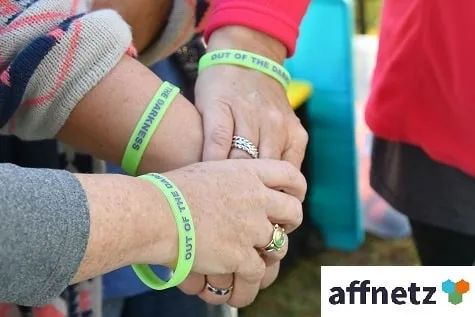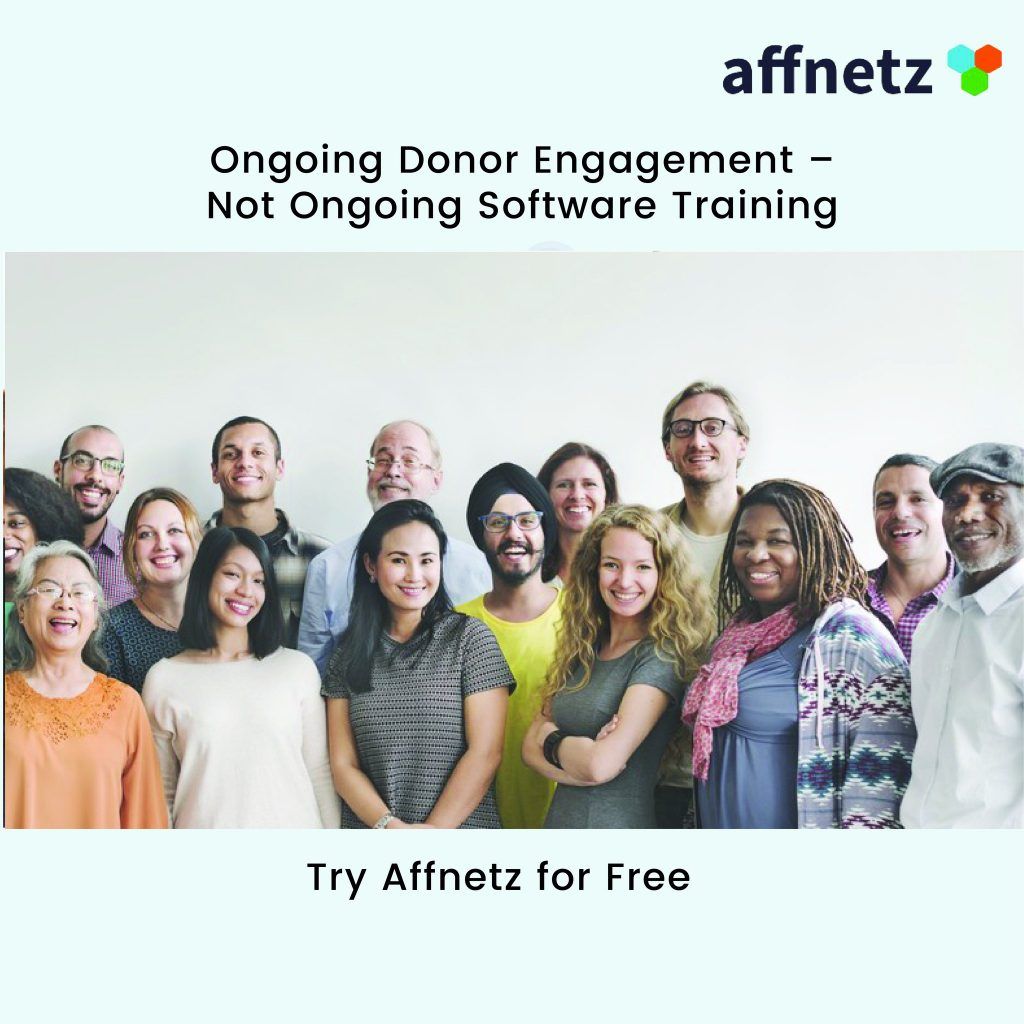From a fundraiser’s point of view, donor engagement is reflected in the fundraising cycle – identification, cultivation, solicitation, and stewardship. But, donor engagement really comes down to three basic things:
Promoting Your Nonprofit / Remaining Relevant
Thanking Donors
Soliciting Donors
There’s a lot to unpack in these three aspects of donor engagement
Promoting Your Nonprofit / Remaining Relevant
Sometimes, not always, but sometimes, fundraisers worry about contacting their donors too often as they don’t want to ‘bother’ them. I’ve even worked with Nonprofits that remove their major donors from their mailing list so as not to bother them and jeopardize the relationship. NO!
It’s essential not to treat donors like ATM machines, only contacting them with solicitations. You don’t want to communicate with donors via a newsletter twice per year, then bombard them with your end-of-year campaign of eight emails which are all solicitations!
You’ve got to generate awareness and maintain their attention; educate them on your Nonprofit’s outcomes, programs, and plans for the future; and, course, solicit them for funding. You also need to identify and reach out to prospective donors, seeking to build your donor base – while keeping in mind that you’re 7x more likely to get a gift from a past donor than a prospect – but you’ve got to grow your donor base.
You can stay in front of your donors and keep them aware of your Nonprofit through a communications program that is focused on continuity, relevance, and frequency.
Easier said than done. It takes discipline, but it’s never to late to create a communications plan for the year – and stick to it!
Thanking Donors
One of my favorite phrases is ‘systems trump intentions every time.’ Systematize the way you thank donors by creating a solid stewardship program. I won’t go into too much detail in this post as we have another post on creating a stewardship program.
It’s vital to acknowledge donors – and after a gift is a wonderful time to approach them with open-ended questions as to why they support your Nonprofit. Ask them what questions do they have about your Nonprofit? And, most importantly, ask them what do they know about your Nonprofit. This last question is critical, as there’s quite often a tendency to think donors know much, much more than they really do about your Nonprofit. Assume nothing, and take the opportunity after a recent gift to get in touch / meet with a donor to find out more about the and their interest in your Nonprofit.
Soliciting Donors
Fortunately, and unfortunately (at the same time), most fundraisers are really good about soliciting donors. But the question is – how are you doing it? Are you relying primarily on email? As I share in another blog post, you can’t milk a cow through the mail. That is, always try to have as much direct contact with a donor as you can – based, of course, on their preferences.
Email solicitations have about an 8% success rate in securing funds. Phone conversations will generate donations about 30% of the time. And, face-to-face meetings will generate a donation 75%+ of the time. So, the more personal and direct you can be with your solicitation, the better.
You don’t have an unlimited amount of time, so ensure you’re deploying all the fundraising assets you can related to solicitations. Ensure your online donor journey is seamless. Involve your board members in various stages of the fundraising cycle (not just solicitations). And try and secure face-to-face meetings with the 5 to 10% of your donors that donate 90 to 95% of your Nonprofit’s revenue.
A Final Note on Authenticity
We’ve covered three key steps in donor engagement, but we haven’t yet covered the importance of ensuring your donor engagement is authentic. Again, donors aren’t ATM machines, and you don’t want to be robotic in your engagement efforts.
Authenticity is often in short supply in fundraising, sadly, because there’s quite often a focus on numbers. As I mentioned in another post, the biggest gift I ever solicited was when I was talking with a donor about his other philanthropic interests – not just singularly focused on “selling” him on my Nonprofit.
Authenticity and an abundance mentality go a long way of meeting your donors where they are at, and building long term relationships that will serve your Nonprofit well into the future.
Author
Mike is a recognized expert, thought leader, advisor and speaker in the Nonprofit world. Over the past four decades, Mike served as an Executive Director, COO, see more





